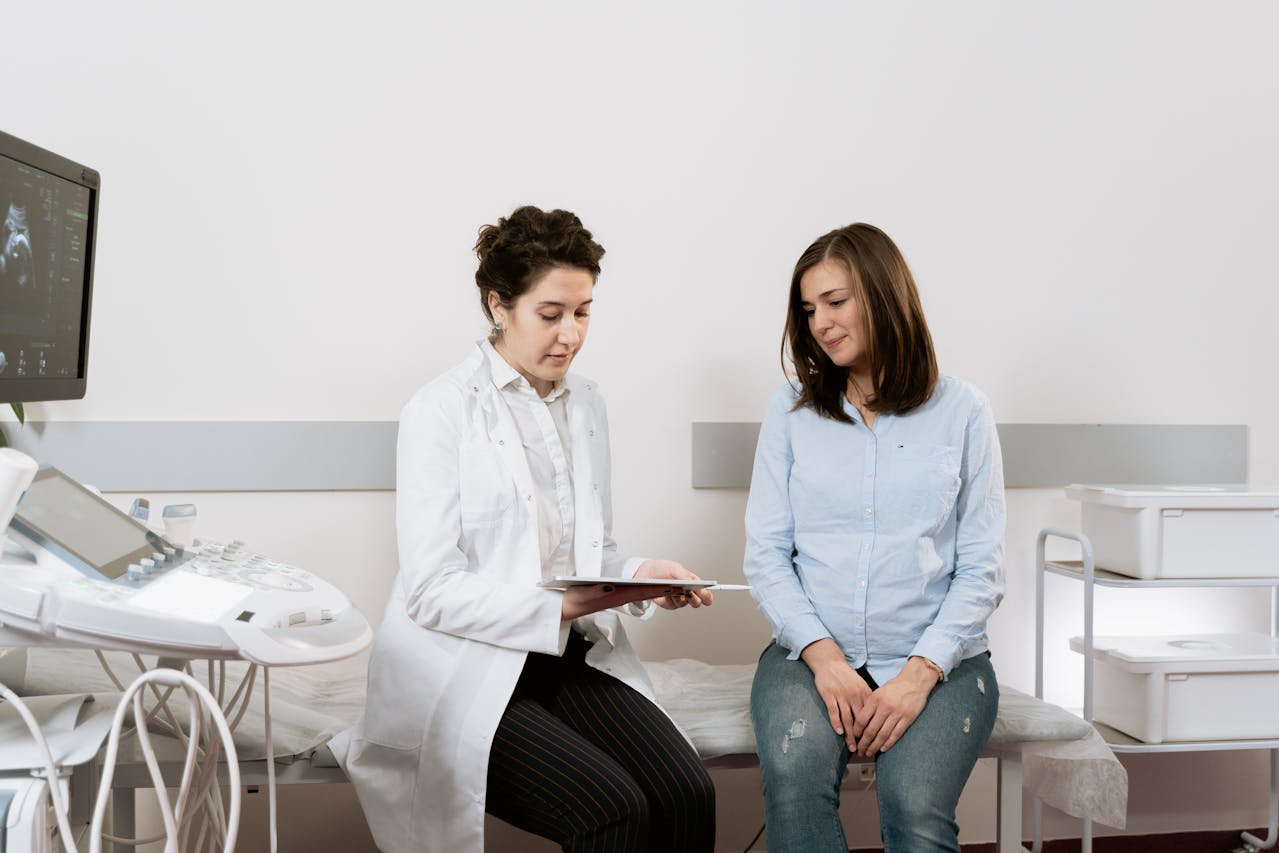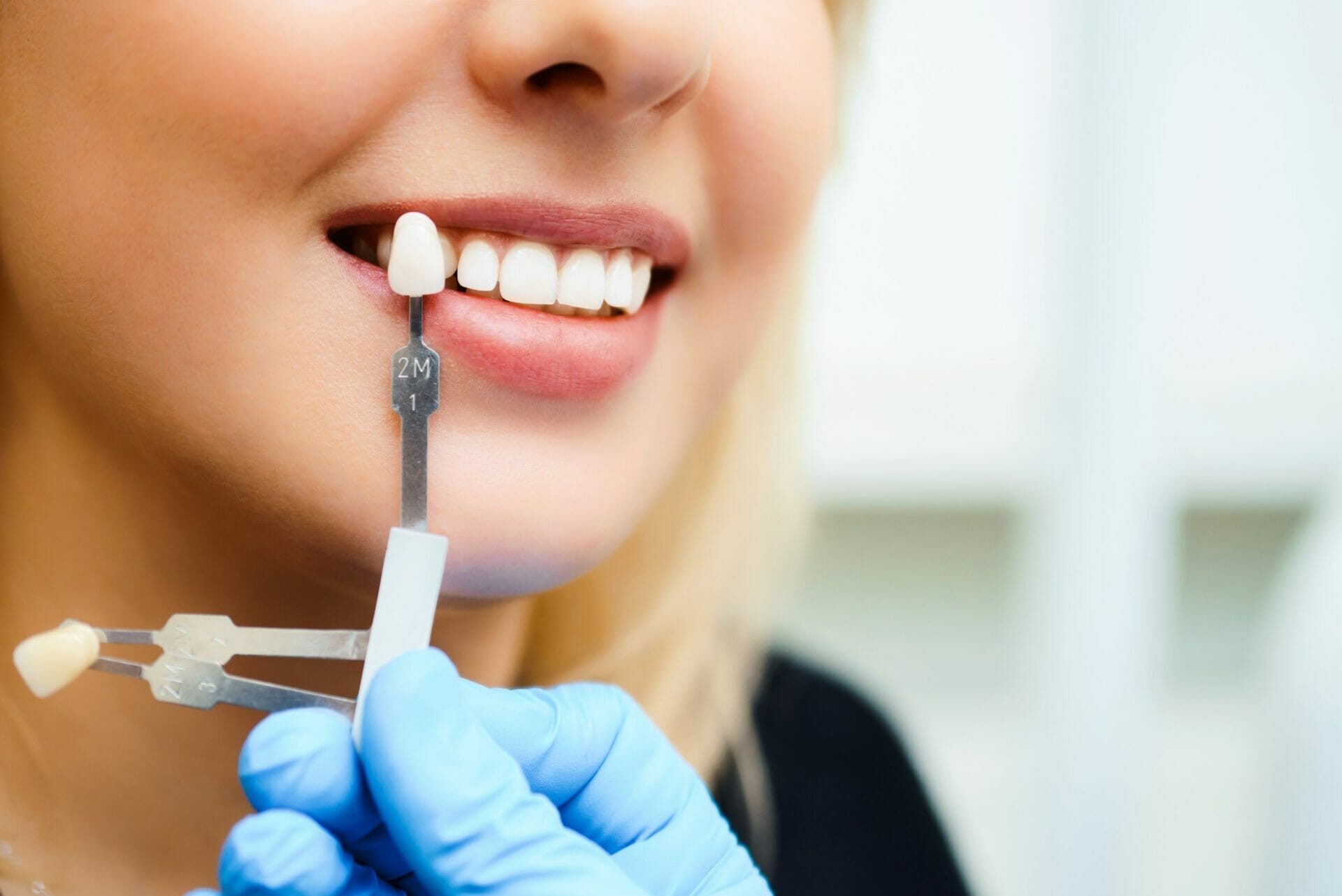
The Top 9 Tips to Increase Doctor’s Office Cash Flow, Stay Independent and Get Paid Faster
 Posted On
Posted On
Most medical practices provide services to their patients with the expectation that they will pay later. If you run your medical practice in this manner, your business model is essentially built on credit. Most patients rely on their insurance company to help cover their medical expenses, but with the confusing and complex procedures required by these insurance companies, underpayments, denials, and ignored or lost claims can occur.
Delays in receiving payments for medical services can cause significant cash flow problems for even the most successful practices. Electronic claim filing and remittance might do some of the leg work, but exclusive providers of healthcare solutions like Revenue XL streamline your practice and help you make more revenue faster while increasing operational efficiency.
Table of Contents
What Practices Will Help You Get Paid Faster, Increase Cash Flow and Stay Independent
Offering Multiple Payment Options
In 2015, a Consumer Healthcare Payments survey indicated that 70% of healthcare consumers would prefer paying their medical bills online. Unfortunately, only 2% of practices offer this solution. Electronic payments are an easy and convenient solution for patients.
Providing other payment options such as; mail, phone, or paying by walking in, is also essential for the 30% of individuals who are not looking for an online payment method. Offering your patients a variety of payment options gets you paid faster and increases patient satisfaction.
Having Consistent Communication
With the current global economic status, many patients will not be in a position to pay for medical services. Regardless, you can keep on top of your patient’s mind by sending out routine emails or offering a compliant patient portal that provides research of historical statements, current balances, and secure messaging.
Having an Efficient Check-In and Check-Out Process

It is imperative to make the process of taking the copay at the time of service as efficient and easy as possible. Offering a variety of ways for your patients to pay helps ease the payment process. Collect the copay when your patient checks in and make them aware of any additional charges to prepare them for receiving a statement when they check out.
Giving Your Patients a Payment Plan to Help Increase Doctor’s Office Cashflow
When you can not estimate out-of-pocket expenses and the bill is higher than expected, consider setting up a plan for your patients that allows them to pay automatic monthly payments until the debt is fully settled. This will help reduce the number of statements being mailed for payment collection and ensure you receive an automatic payment every month.
Estimating Deductibles When Possible
If you can receive payment at the time of service, the better. Although it is very difficult to estimate a deductible, attempting to estimate these costs, discussing them effectively to your patient, and receiving payment at the time of service is vital, especially now that out-of-pocket patient expenses have gone up over 230% in the last 10 years.
Keeping A Card On File
Ask for a credit authorization form from your patient as part of your check-out process so that their credit card information can be stored in your system. Doing this facilitates easy payment of bills in the future during check-in and check-out processes.
Setting Up Auto Pay
In addition to having a variety of payment options, your patients need to authorize a reasonable amount that will be automatically charged to their card when there is an outstanding balance. Not only will this be very convenient and easy for your patient, but it will also reduce A/R time by 100%.
Sending Statements to Collect Balances Routinely
It is extremely necessary to send out statements when you can not estimate the deductible. Due to the increase in out-of-pocket expenses, physicians can’t rely on insurance companies as the primary payer. Therefore, they must work directly with their patients on collecting outstanding bills.
Sending out statements on a weekly, bimonthly, or monthly basis is now a necessity and should be considered the norm.
Offering Electronic Statements
Since postage increased this year, the loaded cost of a statement is estimated to go for $3 each. Usually, physicians need to mail 3 statements prior to receiving payment. This means that you have to pay an average of $9 before you can collect the money that you are owed.
By sending a statement through mail, an unnecessary number of days are added to your A/R cycle. Emails cost over 60% less than mailed statements and are received minutes after they are sent.
Winding Up
The practices outlined are just a few of the emerging solutions that do more for you than just improving your cash flow. They also improve accuracy, reduce the demands on administrators, and spare you more time to provide excellent patient care.
















